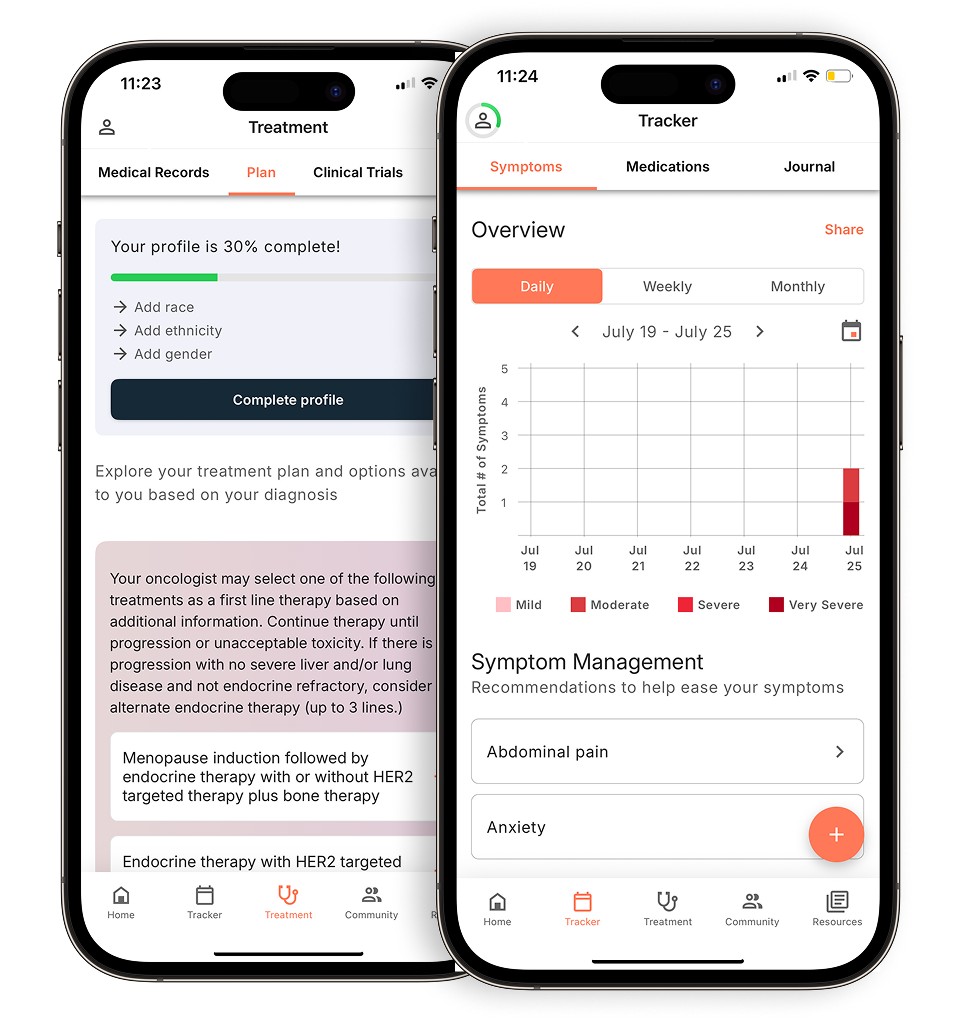Facing a prostate cancer diagnosis brings many questions, one of the most pressing being about life expectancy. Thankfully, a range of online tools can help you estimate your prognosis based on various factors. These calculators and nomograms use clinical data to provide insights into survival probabilities and treatment outcomes. In this article, we’ll explore several key tools that can assist prostate cancer patients in understanding their prognosis better.
1. Roswell Park Prostate Cancer Estimator
Website: Roswell Park Prostate Cancer Estimator
The Roswell Park Prostate Cancer Estimator is designed to provide an estimate of life expectancy and treatment outcomes for prostate cancer patients. Here’s a breakdown of how it works:
- Input Data: You’ll need to enter information such as age, PSA levels, Gleason score, and cancer stage.
- Calculation: The tool uses these inputs to generate estimates of survival probabilities and treatment responses.
- Output: It offers an estimate of the likelihood of surviving at different time intervals, which can be particularly useful for understanding long-term outcomes.
This estimator helps patients gauge their prognosis based on a combination of clinical and personal data.
2. MSKCC Prostate Cancer Nomograms
Memorial Sloan Kettering Cancer Center (MSKCC) provides several nomograms for different stages and aspects of prostate cancer treatment and prognosis. Prostate cancer patients can estimate life expectancy based on where the are specifically in their treatment.
Evidence-based guidance powered by NCCN Guidelines®
Personalized treatment plans shaped by the latest oncology standards—tailored to your diagnosis.
Get started
View your personalized treatment plan in the Outcomes4Me app
Use your diagnosis to unlock personalized NCCN Guidelines®-aligned recommendations.
Continue in app
Pre-Op Nomogram: Pre-Op Nomogram
- For patients diagnosed with prostate cancer who have not yet begun treatment. This nomogram predicts the extent of the cancer and long-term results following radical prostatectomy (surgery to remove the prostate gland and surrounding lymph nodes).
Post-Op Nomogram: Post-Op Nomogram
- For patients after surgical treatment for prostate cancer. This nomogram predicts the probability of remaining cancer recurrence-free at two, five, seven, and ten years following surgery.
Salvage Radiation Therapy Nomogram: Salvage Radiation Therapy Nomogram
- The salvage radiation therapy nomogram predicts whether a recurrence of prostate cancer after radical prostatectomy can be treated successfully with salvage radiation therapy (external-beam radiation given after the prostate cancer returns). It calculates the probability that the cancer will be controlled and PSA level undetectable six years after salvage therapy.
Biochemical Recurrence Nomogram: Biochemical Recurrence Nomogram
- Prostate cancer patients can estimate the risk of dying of prostate cancer if their cancer recurs, signalled by a rising PSA, after radical prostatectomy. The nomogram predicts the likelihood, in a man initially treated with surgery, that he will die of prostate cancer five, ten, and 15 years from the time his PSA begins to rise.
These nomograms are highly specialized and tailored for different stages and aspects of prostate cancer, offering detailed insights based on specific clinical scenarios.
3. Omni Calculator for Metastatic Prostate Cancer
Website: Omni Calculator for Metastatic Prostate Cancer
The Omni Calculator is designed for patients with metastatic prostate cancer:
- Input Data: You’ll need to provide information such as the extent of metastasis, PSA levels, and treatment history.
- Calculation: The tool uses statistical models to estimate survival times and potential outcomes based on the severity of metastatic disease.
- Output: It provides a prognosis estimate that can help you understand the likely course of the disease and the effectiveness of various treatments.
This calculator is especially useful for those with advanced stages of prostate cancer looking to understand their prognosis better.
Using These Tools Effectively
While these online tools offer valuable estimates, it’s essential to approach them as complementary resources rather than definitive answers. Here’s how to make the most of them:
- Consult with Your Doctor: Always discuss the results from these calculators with your healthcare provider. They can help interpret the data in the context of your overall health and treatment plan.
- Understand Variability: These tools use statistical data and may not account for all individual variables. Personal outcomes can differ based on a range of factors.
- Emotional Considerations: Prognosis estimates can impact your emotional well-being. Seeking support from loved ones, support groups, or mental health professionals can be beneficial.
By using these tools, you can gain a better understanding of your prognosis and make more informed decisions about your treatment. Remember, your healthcare team is there to guide you through each step of your journey with prostate cancer.
Frequently Asked Questions
Does prostate cancer always shorten life expectancy?
No. Many people with early-stage or slow-growing prostate cancer live a normal lifespan, especially with proper monitoring or treatment.
What factors influence life expectancy with prostate cancer?
Life expectancy depends on cancer stage, Gleason score, PSA level, age, overall health, and response to treatment.
What is active surveillance?
Active surveillance involves monitoring low-risk prostate cancer with regular PSA tests, imaging, and occasional biopsies instead of immediate treatment.
Can advanced prostate cancer still be treated?
Yes. While advanced prostate cancer may not be curable, treatments can slow progression, manage symptoms, and extend survival.
How often is follow-up needed?
Follow-up schedules vary but typically include PSA testing every few months and routine clinical evaluations.
Related Topics
Personalized support for real care decisions
Understand your diagnosis, explore clinical trials, and track symptoms--all in one place.
Get started
Compare treatments, prepare for appointments, and track side effects—all in the app
Built for your diagnosis, Outcomes4Me gives you the tools to make confident, informed decisions—right when you need them.
Continue in app





